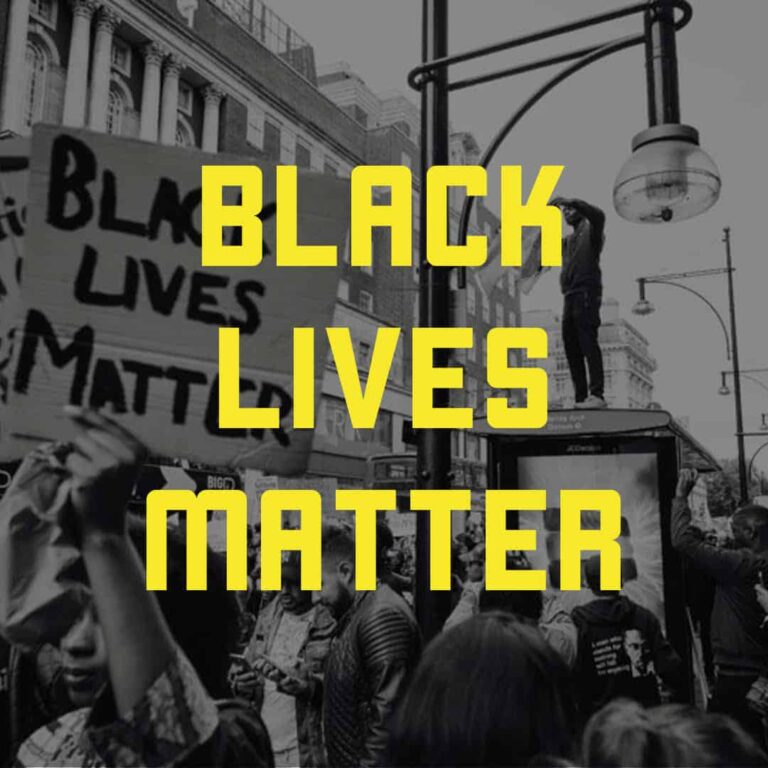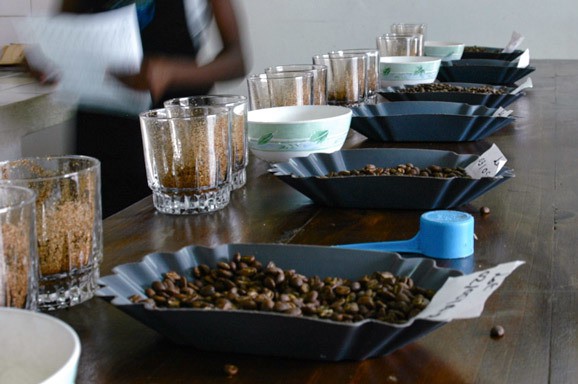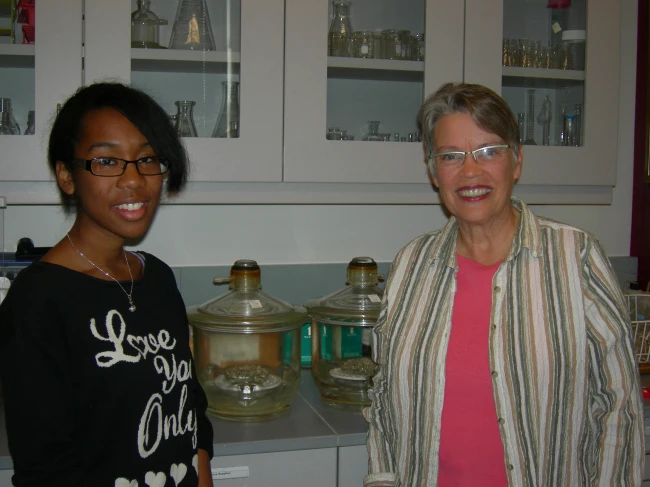Thinking while Doing: What the GKI Team Read this Week
We read a lot of interesting articles/websites/books in the course of working to solve development challenges through collaboration. This reading ranges from articles on processes we want to implement, such as pieces on better measurements for network success, to content-based web stories on water use in Malaysia or food security in Ethiopia. In order to share some of our insights, and give you a taste for what we’ve been thinking about, we asked a few GKI staff members and interns to pick a favorite article from the last week and give a brief synopsis. Below find links to their articles, with their explanations about why they found these articles helpful (GKI doesn’t necessarily agree with the opinions expressed in these articles, nor in staff/intern rationales for including them):
Article: Hall, A. (2012). “Clayton Christiansen, on the Entrepreneurial Innovations our Economy Needs.” Forbes.com.
Why we liked it: “This one I came across in my search for literature on different types of innovation, and it was completely useless for that purpose, but it’s quite fascinating. The basic premise is that the economy is focused too much on efficiency innovations, such as streamlining processes, and is therefore reducing the amount of jobs without opening enough new markets.”
– Andrew Bergmanson, Program Associate
Article: Feast and Famine Blog. (2013). “Frankenfoods Reduce Global Warming”. The Economist.
Why we liked it: “This article notes that more genetically modified (GM) crops are now grown in the developing world than in rich countries, which contradicts the popular wisdom that GM crops are “suitable mainly for rich farmers.” Additionally, the article pushes back against critics of GM crops by pointing out savings in 2011 of 473 million kilograms of pesticides, 109 million acres of land, and 23 billion kilograms of carbon dioxide from GM crop usage.”
– Jason Clark, Program Associate
Article: Shenoy, S. and Brian Arbogast. (2013). “What’s next for Impact Investing: How to bridge the ‘Pioneer Gap’ and support entrepreneurs in the earliest stages.” NextBillion.com.
Why we liked it: This article gives a great overview of an important concept: That some efforts in need of impact investing are so nascent that what they need is “Pioneer Capital” to help them move from idea to small business/project. Pioneer capital comes with a little bit of money and a lot of support, problem framing, and capacity building.
– Article provided by Sara Farley, Chief Operating Officer (Text is an approximation of what she said she liked about the piece)
Article: Vieider, F., Chmura, T., and Peter Martinsson (2012). “Risk Attitudes, Development, and Growth: Macroeconomic Evidence from Experiments in 30 Countries.” Social Science Research Center Berlin Working Paper.
Why we liked it: “It turns the idea that poor people are more risk averse than wealthier people on its head, by showing that in studies in developing and industrialized countries, poorer people tolerated more risk on lottery games. The authors use willingness to play the lottery as a proxy for willingness to take risks, which is one question I have about this article. Are lotteries a good proxy for willingness to take risks, or is there something unique about lotteries? Risk averse or not, might there be differences between the risks people from wealthier and poorer countries are willing to take?”
– Andrew Gerard (me), Program Officer
Article: Gould, R. (1991). Multiple Networks and Mobilization in the Paris Commune, 1871. American Sociological Review. Vol. 56, No. 6. Pg. 716-729.
Why we liked it: “While reading about how social networks impact social movements I came across this article by Roger Gould in which he analyzes the role played by both formal and informal networks in the Paris Commune of 1871. He uses innovative data and methods to show that formal networks proved effective only when they were reinforced by pre-existing informal networks, and as a result he argues that the role played by networks can only be understood when one considers the interaction of both formal and informal networks.”
– Peter Glover, Intern
Article: Austin, J., and M. Seitanidi (2011). “Social Enterprise Series No. 32: Value Creation in Business – Nonprofit Collaborations.” Harvard Business School Working Papers.
Why we liked it: “The authors introduce a good model to examine the value creation process within collaboration. This article is very instructive to me since it sets up a solid framework to picture short and long term strategies to partner with corporations. The relationship should be “intrinsic,” not “instrumental”.”
– Doris Han Ying, Intern
Article: Porway, J. (2013). “You Can’t Just Hack Your Way to Social Change.” Harvard Business Review Blog Network.
Why we liked it: “I really liked that it took at stand for complexity. Nerds locked in a room for 36 hours are not a cure-all.”
– Courtney O’Brien, Program Officer







